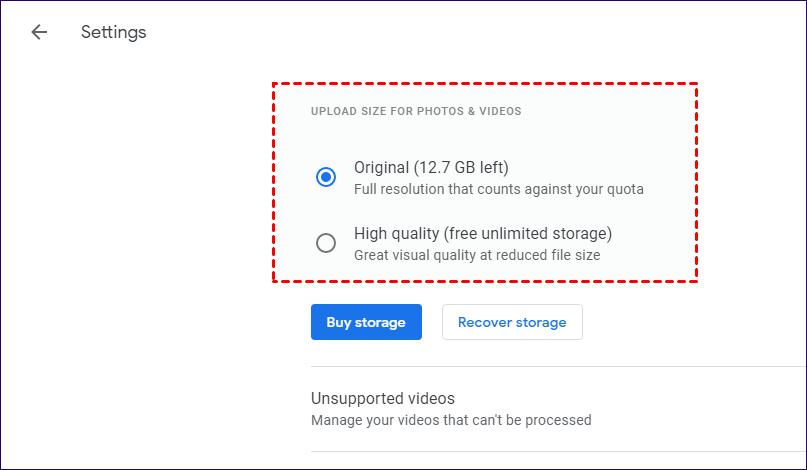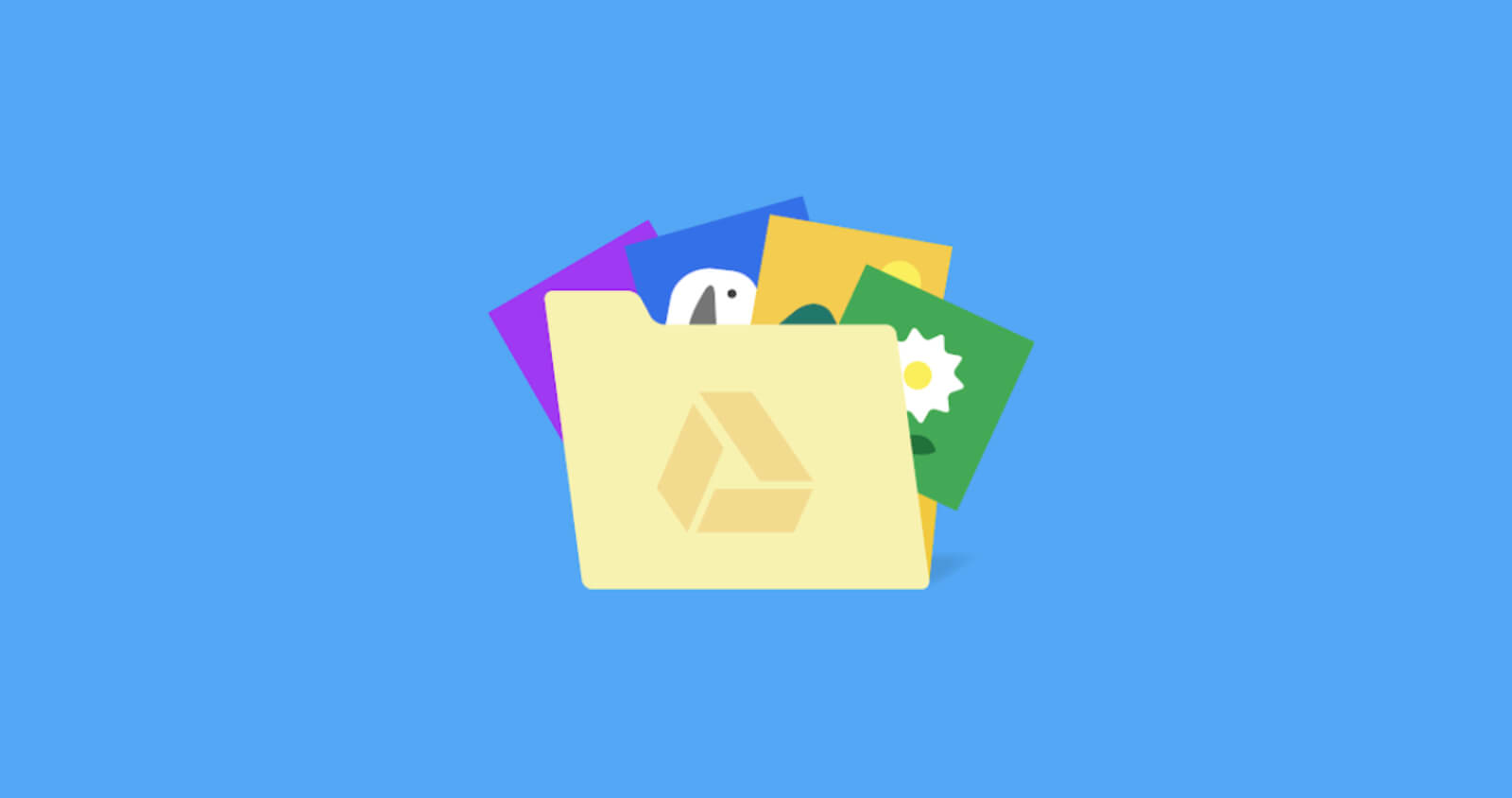
Read: How to use Google Slides 2022 Method 3: Delete Photos From All Your Devices Once you’re done deleting files that you don’t need, remember to empty the trash. However, keep in mind that if you are still syncing these folders and files to your computer, deleting them removes them from your PC as well. Next, click on “Computers” in the left sidebar and check if there are huge files there. If you see any large files that you don’t need anymore, remove them from the Drive.ģ. Click on “Storage used” to change the sort order from large to small. While in your Google Drive account, click on the “Storage” option in the left sidebar to display all the items using up your storage space.Ģ. Method 2: Delete Unnecessary Files from Google Driveġ. Once the emails appear, you can choose to delete all outdated messages. Alternatively, click on the arrow next to the “Search mail” input field and use the available options to filter your search. For instance, you can enter “has:attachment:10M” (without quotes) in the Gmail search field to open all emails containing attachments that are larger than 10 MB. To make your search easier, you can use various search criteria to identify specific messages with large attachments. To free up some storage space, open your Gmail account and delete all messages that you no longer need. If you receive lots of emails with attachments, they might be responsible for hogging your Google Drive space. Let’s look at the specifics: Method 1: Delete Large Email Attachments You’ll need to delete some huge email attachments and compress uploaded images if Google Drive utilises less storage space than the other two services. Check Google Drive, Gmail, and Google Photos for available storage space. So, go to and log in to your account to locate the perpetrator. As previously mentioned, your cloud space quota is used by Gmail, Google Photos, and anything shared by you.

Google Drive, after all, is simply one component of the overall Google account storage package. The first step in troubleshooting should be to figure out what’s eating up your cloud storage. Each of these recommendations addresses the basis of the problem, allowing you to make better use of your Google storage. So, if you’re trapped in this situation, here are a few solutions to the “Google Drive storage full, but no files in it” difficulty. When you encounter error messages like “Gmail storage full,” this is what happens. Unfortunately, there appears to be a flaw in the cloud service that causes you to receive a message that Google Drive is full, which turns out to be false when you examine the Google storage space available.

Even Google Drive, though, does not always perform as smoothly as you’d like. Cloud storage services like Google Drive provide storage space so you may back up your files and access them from anywhere at any time.


 0 kommentar(er)
0 kommentar(er)
